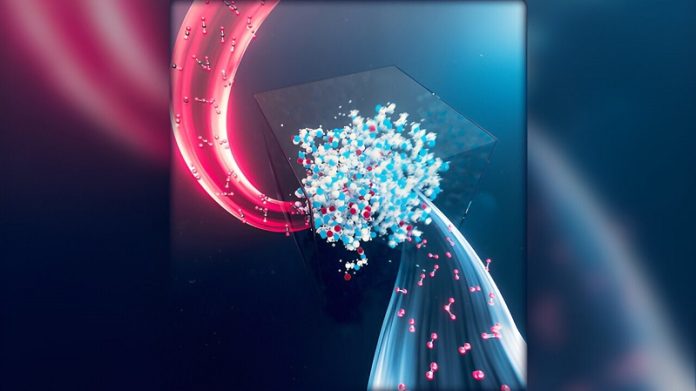
Researchers at Lawrence Livermore National Laboratory (LLNL), working with the Georgia Institute of Technology, have made an important discovery that could make carbon-capture technologies more durable and efficient.
Their study, published in the Journal of the American Chemical Society, explores how carbon dioxide (CO2) affects the stability of materials used in direct air capture (DAC), a method for capturing CO2 directly from the atmosphere.
DAC technology relies heavily on materials called amine-based sorbents, which are exceptionally good at capturing CO2, even when it’s present in very low amounts in the air.
However, these materials face a major challenge: they tend to break down over time, especially when exposed to oxygen.
This breakdown, known as oxidative degradation, shortens the lifespan of the sorbents, making DAC less effective and more expensive.
The research team focused on a specific type of amine-based sorbent known as poly(ethylenimine).
They wanted to understand the role of CO2 in the oxidative degradation of these sorbents, as previous studies had shown conflicting results. Their findings revealed that CO2 has a complex, dual role in this process.
On one hand, CO2 can speed up certain chemical reactions that cause the sorbent material to degrade. On the other hand, CO2 also reduces the mobility of the polymer branches in the sorbent, which slows down the spread of damaging reactions.
This means that CO2 can both accelerate and slow down the degradation process, depending on the conditions.
The researchers also identified other factors that influence how quickly the sorbents break down. For example, they found that the movement of the polymer’s side chains and the presence of acidic environments are major contributors to faster degradation.
With this knowledge, they suggested several strategies to make these materials last longer.
These include adding functional groups or other additives to the sorbent materials, or using oxide supports with surface chemistry that can reduce polymer movement or neutralize acidic conditions.
This study is a big step forward in the development of next-generation carbon-capture materials. By understanding how CO2 interacts with these materials, scientists can design sorbents that are more durable and cost-effective.
This could make DAC technology more reliable and efficient, helping us capture more CO2 from the atmosphere and combat climate change more effectively.
Simon Pang, the lead researcher on the project, emphasized the importance of considering all components of the atmosphere when designing these materials.
The insights gained from this study could be crucial for improving the future of carbon-capture technology, making it a more viable solution for reducing greenhouse gas emissions.



